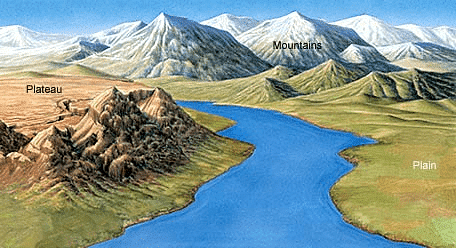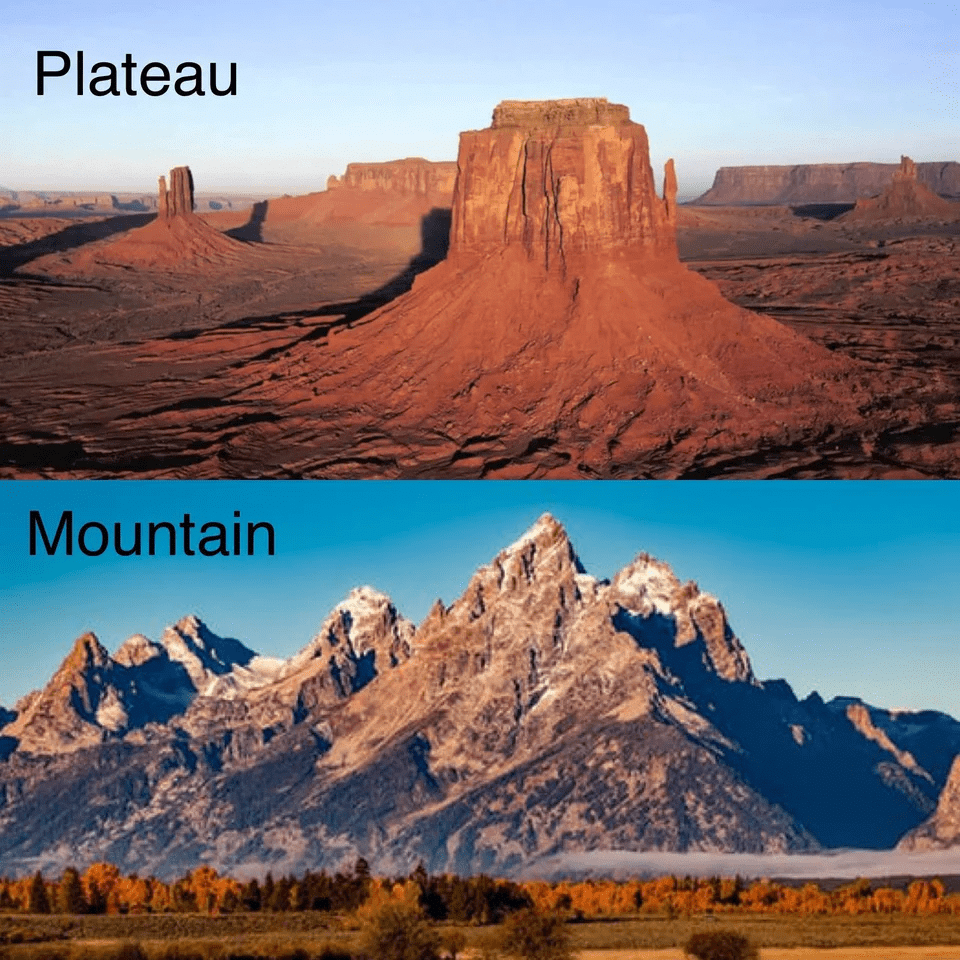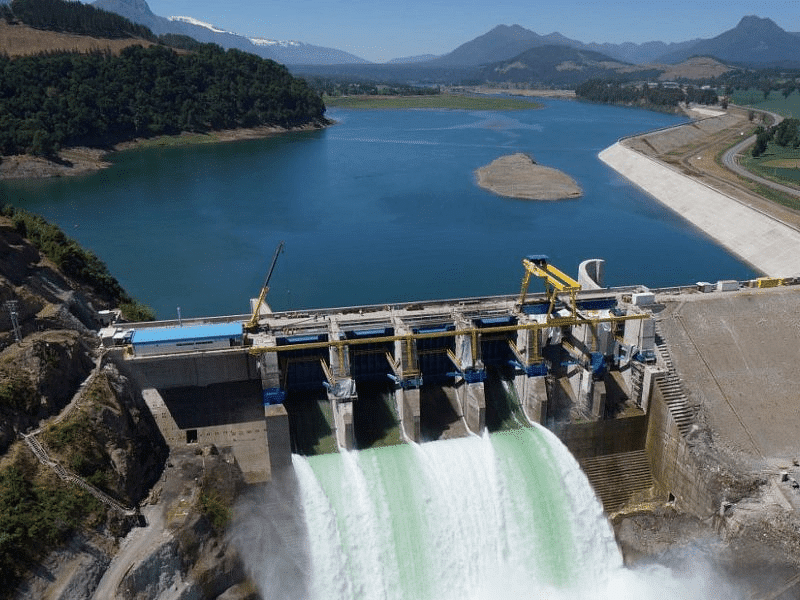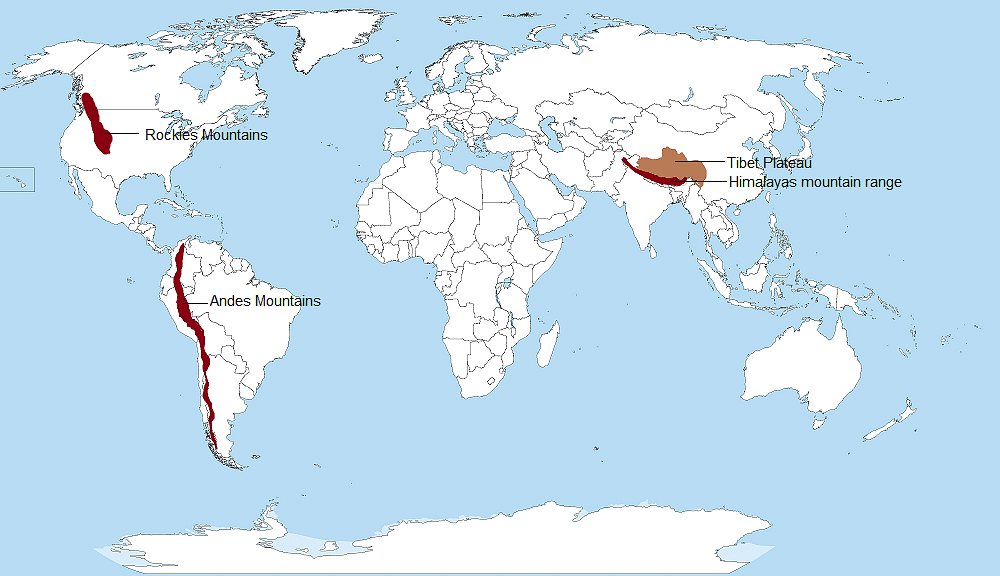NCERT Solutions for Class 6 Geography - Major Landforms of the Earth
Ques 1. Answer the following questions briefly.
(a) What are the major landforms?
The major landforms of the earth are Mountains, Plateaus and Plains.
Mountains, Plateaus and Plains
(b) What is the difference between a mountain and a plateau?
Plateaus and Mountains
(c) What are the different types of mountains?
The different types of mountains are fold, block and volcanic.
(d) How are mountains useful to man?
Mountains useful to man in the following ways:
- Mountains are a storehouse of water. Many rivers have their source in the glaciers in the mountains. Water from the mountains is also used for irrigation and the generation of hydroelectricity.
A Hydro- Power project in the Mountains
- They have a rich variety of flora and fauna.
- The forests provide fuel, fodder, shelter and other products like gum, raisins, etc.
- Mountains provide an idyllic site for tourists.
- Several sports like paragliding, hang gliding, river rafting and skiing are popular in the mountains.
(e) How are plains formed?
Most of the plains are formed by rivers and their tributaries. The rivers flow down the slopes of mountains and erode them. They carry forward the eroded material. Then they deposit their load consisting of stones, sand and silt along with their courses and in their valleys. It is from these deposits that plains are formed.
(f) Why are the river plains thickly populated?
The river plains thickly populated as more flat land is available for building houses, as well as for cultivation.
(g) Why are mountains thinly populated?
The mountains are thinly populated because of the harsh climate. Also, the slopes are steep, less land is available for farming.
Ques 2. Tick the correct answers.
(a) The mountains differ from the hills in terms of
(i) elevation
(ii) slope
(iii) aspect
elevation
(b) Glaciers are found in
(i) the mountains
(ii) the plains
(iii) the plateaus
the mountains
(c) The Deccan Plateau is located in
(i) Kenya
(ii) Australia
(iii) India
India
(d) The river Yangtze flows in
(i) South America
(ii) Australia
(iii) China
China
(e) An important mountain range in Europe is
(i) the Andes
(ii) the Alps
(iii) the Rockies
the Alps
Ques 3. Fill in the blanks.
1. A ____ is an unbroken flat or a low-level land.
plain
2. The Himalayas and the Alps are examples of ____types of mountains.
fold
3. ___ areas are rich in mineral deposits.
Plateau
4. The ____ is a line of mountains.
range
5. The ____areas are most productive for farming.
plain
Map Skills
On an outline map of the world, mark the following :
(a) Mountain ranges: Himalayas, Rockies, and Andes.
(b) Plateau: Tibet.
FAQs on NCERT Solutions for Class 6 Geography - Major Landforms of the Earth
| 1. What are the major landforms of the Earth? |  |
| 2. How are mountains formed? |  |
| 3. What are the characteristics of plateaus? |  |
| 4. How do valleys form? |  |
| 5. What are the characteristics of plains? |  |
























